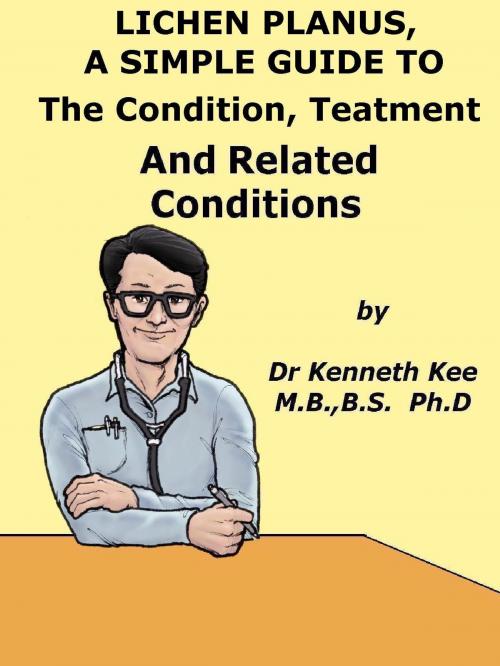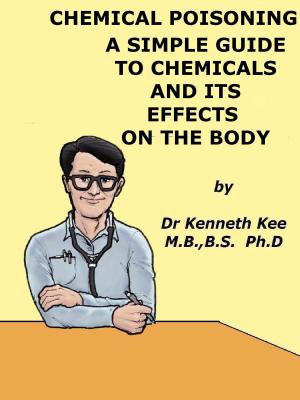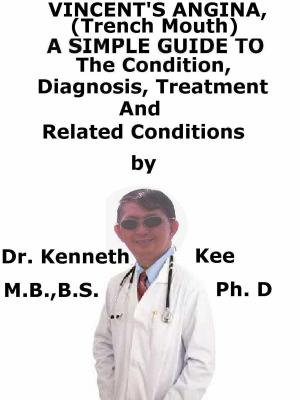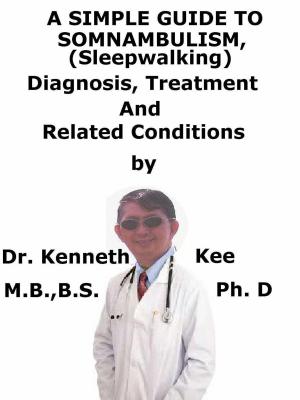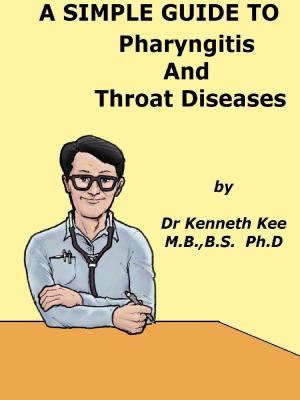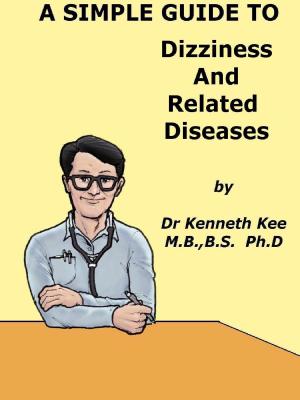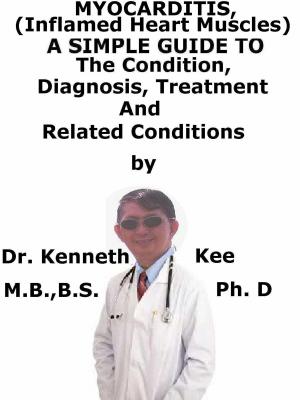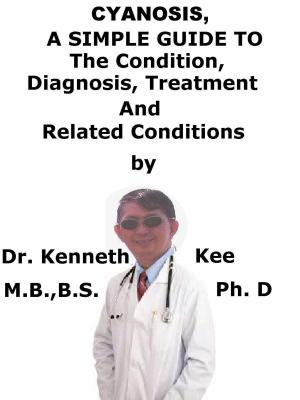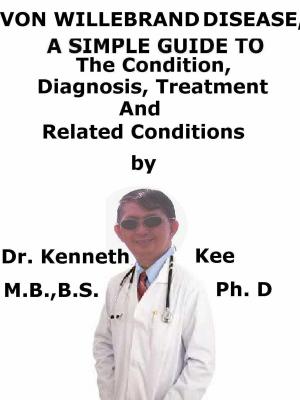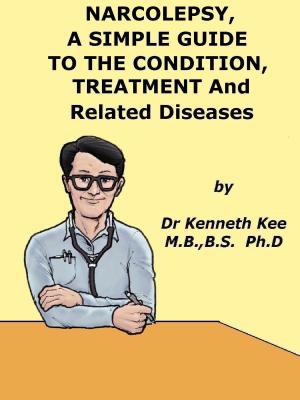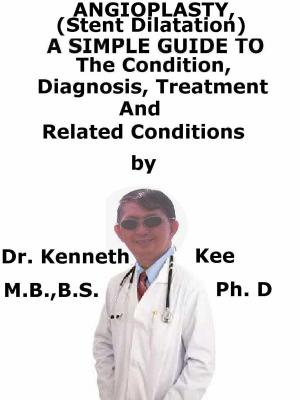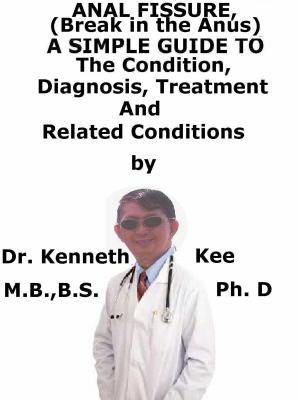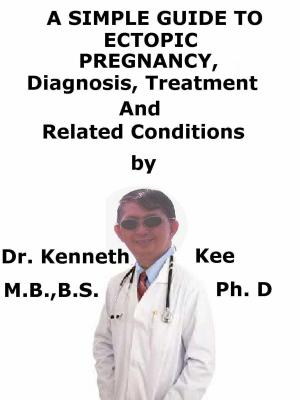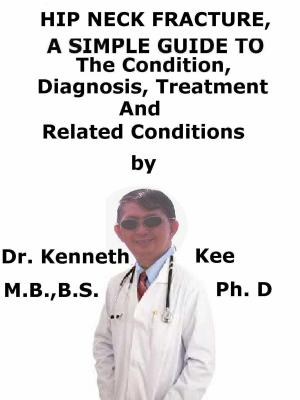Lichen Planus, A Simple Guide To The Condition, Treatment And Related Conditions
Nonfiction, Health & Well Being, Medical, Specialties, Dermatology, Health, Ailments & Diseases, Skin| Author: | Kenneth Kee | ISBN: | 9781310840401 |
| Publisher: | Kenneth Kee | Publication: | December 22, 2014 |
| Imprint: | Smashwords Edition | Language: | English |
| Author: | Kenneth Kee |
| ISBN: | 9781310840401 |
| Publisher: | Kenneth Kee |
| Publication: | December 22, 2014 |
| Imprint: | Smashwords Edition |
| Language: | English |
Lichen Planus is a chronic inflammatory disease of the skin
It consists of red small papules which can cause itch and scratching
It is often associated with lesions of the mucosal membranes
Lichen Planus occurs more in women than in men
The cause of lichen planus may be related to an allergic or immune reaction
It is also associated with chronic hepatitis C virus infection
The typical rash of Pruritic, Planar, Purple, Polygonal, Papular
Microscopic appearance is hyperparakeratosis of the granular cell layer
The goal of treatment is to reduce symptoms and speed healing.
Dressings placed over skin medicines to protect from scratching
Topical Medicines include topical corticosteroids and Vitamin A cream.
More severe cases need oral corticosteroids, retinoids and Cyclosporine.
-An original poem by Kenneth Kee
Interesting Tips about the Lichen Planus
A Healthy Lifestyle
-
Take a well Balanced Diet
-
Treatment depends on the severity and type of Lichen Planus.
The goal of treatment is to reduce symptoms and speed healing.
a. Mild cases may not require any treatment
b. Severe Lichen Planus has lesions that affect most of the body and hospitalization is required.
c. Most cases of Lichen Planus lie in between.
At the present moment there is no known cure for lichen planus.
Medicines have been able to reduce the severity of inflammation and improve the quality of life.
a. Topical Medicines include:
i. Topical corticosteroids (such as clobetasol).
ii. Vitamin A as a cream (topical retinoic acid)
iii. Tar lotions, ointments, creams, and shampoo
iv. Other medicines that are applied to the skin such as tacrolimus and pimecroliumus
v. Dressings placed over skin medicines to protect from scratching
d. Systemic therapy (oral drugs that affect the whole body system):
Immunosuppressant medications
i. Cyclosporine,
ii. Methotrexate
iii. Oral retinoid (acitretin)
iv. Oral corticosteroids (such as prednisone) to reduce swelling and lower immune responses
Corticosteroids shots into a sore
v. Hydroxychloroquine
vi. Tacrolimus
vii. Dapsone
e. Phototherapy (with ultraviolet B, psoralen with ultraviolet A, radiation)
f. Combined therapy is frequently used.
g. New therapies such as the biologic agents has improved the condition
h. Antihistamines for itch
- Keep bones and body strong
Bone marrow produces our blood
Eat foods rich in calcium like yogurt, cheese, milk, and dark green vegetables.
Eat foods rich in Vitamin D, like eggs, fatty fish, cereal, and fortified milk.
Eat food rich in Vitamins B and C such as green vegetables and fruits
Zinc and other minerals are important to the body
- Get enough rest and Sleep
Avoid stress and tension
- Exercise and stay active.
It is best to do weight-bearing exercise such as walking, jogging, stair climbing, dancing, or lifting weights for 2½ hours a week.
One way to do this is to be active 30 minutes a day at least 5 days a week.
Begin slowly especially if a person has not been active.
- Do not drink more than 2 alcohol drinks a day for a man or 1 alcohol drink a day for a woman.
Alcohol use also increases the chance of falling and breaking a bone.
Alcohol can affect the neurons and brain cells.
- Stop or do not begin smoking.
It also interferes with blood supply and healing.
Chapter 1
Lichen Planus
Lichen Planus is a chronic inflammatory disease of the skin which typically consists of red small papules that joined together to from rough scaly patches.
Lichen planus is a condition that forms an itchy rash on the skin or in the mouth
TABLE OF CONTENT
Introduction
Chapter 1 Lichen Planus
Chapter 2 More Facts about Lichen Planus
Chapter 3 Treatment of Lichen Planus
Chapter 4 Pityriasis Rosea
Chapter 5 Psoriasis
Chapter 6 Tinea Corporis
Chapter 7 Hepatitis C
Lichen Planus is a chronic inflammatory disease of the skin
It consists of red small papules which can cause itch and scratching
It is often associated with lesions of the mucosal membranes
Lichen Planus occurs more in women than in men
The cause of lichen planus may be related to an allergic or immune reaction
It is also associated with chronic hepatitis C virus infection
The typical rash of Pruritic, Planar, Purple, Polygonal, Papular
Microscopic appearance is hyperparakeratosis of the granular cell layer
The goal of treatment is to reduce symptoms and speed healing.
Dressings placed over skin medicines to protect from scratching
Topical Medicines include topical corticosteroids and Vitamin A cream.
More severe cases need oral corticosteroids, retinoids and Cyclosporine.
-An original poem by Kenneth Kee
Interesting Tips about the Lichen Planus
A Healthy Lifestyle
-
Take a well Balanced Diet
-
Treatment depends on the severity and type of Lichen Planus.
The goal of treatment is to reduce symptoms and speed healing.
a. Mild cases may not require any treatment
b. Severe Lichen Planus has lesions that affect most of the body and hospitalization is required.
c. Most cases of Lichen Planus lie in between.
At the present moment there is no known cure for lichen planus.
Medicines have been able to reduce the severity of inflammation and improve the quality of life.
a. Topical Medicines include:
i. Topical corticosteroids (such as clobetasol).
ii. Vitamin A as a cream (topical retinoic acid)
iii. Tar lotions, ointments, creams, and shampoo
iv. Other medicines that are applied to the skin such as tacrolimus and pimecroliumus
v. Dressings placed over skin medicines to protect from scratching
d. Systemic therapy (oral drugs that affect the whole body system):
Immunosuppressant medications
i. Cyclosporine,
ii. Methotrexate
iii. Oral retinoid (acitretin)
iv. Oral corticosteroids (such as prednisone) to reduce swelling and lower immune responses
Corticosteroids shots into a sore
v. Hydroxychloroquine
vi. Tacrolimus
vii. Dapsone
e. Phototherapy (with ultraviolet B, psoralen with ultraviolet A, radiation)
f. Combined therapy is frequently used.
g. New therapies such as the biologic agents has improved the condition
h. Antihistamines for itch
- Keep bones and body strong
Bone marrow produces our blood
Eat foods rich in calcium like yogurt, cheese, milk, and dark green vegetables.
Eat foods rich in Vitamin D, like eggs, fatty fish, cereal, and fortified milk.
Eat food rich in Vitamins B and C such as green vegetables and fruits
Zinc and other minerals are important to the body
- Get enough rest and Sleep
Avoid stress and tension
- Exercise and stay active.
It is best to do weight-bearing exercise such as walking, jogging, stair climbing, dancing, or lifting weights for 2½ hours a week.
One way to do this is to be active 30 minutes a day at least 5 days a week.
Begin slowly especially if a person has not been active.
- Do not drink more than 2 alcohol drinks a day for a man or 1 alcohol drink a day for a woman.
Alcohol use also increases the chance of falling and breaking a bone.
Alcohol can affect the neurons and brain cells.
- Stop or do not begin smoking.
It also interferes with blood supply and healing.
Chapter 1
Lichen Planus
Lichen Planus is a chronic inflammatory disease of the skin which typically consists of red small papules that joined together to from rough scaly patches.
Lichen planus is a condition that forms an itchy rash on the skin or in the mouth
TABLE OF CONTENT
Introduction
Chapter 1 Lichen Planus
Chapter 2 More Facts about Lichen Planus
Chapter 3 Treatment of Lichen Planus
Chapter 4 Pityriasis Rosea
Chapter 5 Psoriasis
Chapter 6 Tinea Corporis
Chapter 7 Hepatitis C
